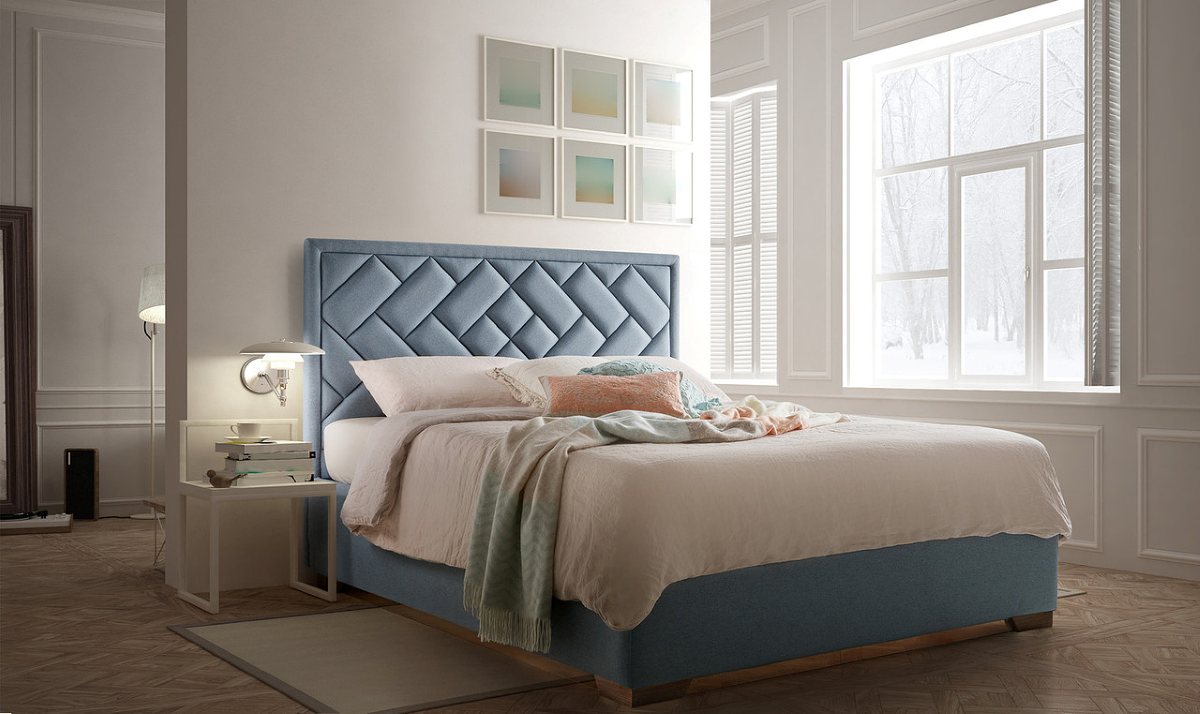Firm or Soft Mattress: Which One is Best for You?
- Updated :
- Published :
- Author David Norman
- label Guides
Call us or Visit a showroom for expert personal advise and attention.
Few choices affect daily life as much as the surface you sleep on. Eight hours a night adds up to a third of your life, and whether you wake up refreshed or aching often comes down to one question: firm or soft?
The answer isn’t as straightforward as picking a label. Firmness is deeply personal - tied to body type, sleeping position, and even psychology. What feels like supportive bliss for one person can feel like a plank for another. And while mattress marketing often pushes extremes, the best option usually sits somewhere in the nuanced middle.

Firmness describes how a mattress feels when you lie down, not necessarily how supportive it is. A firm mattress has little give; your body rests mostly on the surface. A soft mattress allows you to sink in more deeply, cushioning shoulders and hips.
But firmness isn’t standardised. One brand’s “medium” might feel firm to you and soft to someone else. That’s why trying mattresses in person matters, or at least understanding the components - foam density, coil type, layering - that influence how a mattress behaves over time.
Firm mattresses often appeal to people who sleep on their back or stomach. The even surface helps keep the spine aligned, reducing the risk of sagging into awkward positions. They can also feel more supportive for heavier body types, preventing too much sinkage.
Another advantage is temperature regulation. Less sink means less heat trapped around the body, making firm mattresses a popular choice for hot sleepers. And while they can feel unforgiving at first, many people report fewer aches after their body adjusts.
Soft mattresses are favoured by side sleepers, as they contour around shoulders and hips. This helps distribute weight more evenly and reduces pressure points that can cause discomfort or numbness. Lighter body types may also find soft mattresses more comfortable since they can sink in without losing support.
There’s a psychological element too. Softness can feel inviting, cosy, even indulgent - the kind of bed that wraps around you at the end of the day. For people who associate rest with cocooning comfort, a softer surface can be the key to better sleep.
The firm–soft debate isn’t binary. Many mattresses are built to blend qualities, offering firm support with a softer top layer. Hybrid designs often use pocket springs for structure with foam or latex layers for contouring. The result is a surface that supports alignment while still cushioning pressure points.
For those shopping specifically for sofa beds, this balance becomes even more crucial. Thin, cheap mattresses often default to being too firm or too soft, offering little support either way. Investing in a sofa bed with a full-depth mattress designed for regular use can make the difference between tolerating a night’s sleep and genuinely resting well. For more on what’s available, here’s our guide to choosing the right mattress firmness.
Firmness matters, but it’s not the only factor in comfort. Breathability, materials, and build quality all influence how a mattress feels over time. Memory foam may start plush but can trap heat; latex tends to stay cooler but feels springier. Pocket springs adjust to movement, reducing partner disturbance, while open coil designs are less durable.
Even the bed frame plays a role. Slatted bases add flexibility, while solid platforms create a firmer feel. In smaller bedrooms, opting for beds designed to reduce clutter helps maximise space while ensuring the mattress sits on a frame built for longevity.
Switching from soft to firm, or vice versa, often comes with an adjustment period. Muscles and joints adapt to new alignment, and what feels uncomfortable for the first week may settle into supportive comfort after a month. That’s why many retailers offer trial periods - essential when investing in something as personal as a mattress.
– “Firm is always better for your back.” Not necessarily. If a mattress is too firm, it can push against pressure points and throw the spine out of alignment.
– “Soft mattresses lack support.” Modern designs can be both soft on the surface and supportive underneath.
– “You should choose based on age.” Comfort is about body type and sleep habits, not just age.
At Furl, we design mattresses and sofa beds with long-term comfort in mind. That means proper support whether the mattress is in a primary bedroom or part of a sofa bed in the living room. We believe firmness should never mean discomfort, and softness should never mean sagging. Instead, the right mattress balances both qualities, tailored to the way you actually sleep.
The best mattress is the one that helps you wake up free of aches and genuinely rested. Firm options work for back and stomach sleepers, hot sleepers, and those who prefer a surface that holds its shape. Soft options benefit side sleepers, lighter body types, and those who crave a cocooning feel. Most people, however, will thrive somewhere in the middle - with a mattress that blends contouring comfort with consistent support.
Your choice doesn’t just affect your nights; it shapes your days. And when you find the firmness that truly suits you, sleep becomes not just functional but restorative.
David Norman is the founder of Furl, a UK-based furniture brand known for redefining how people live with space-saving, design-led storage beds and sofa beds.
With almost two decades of hands-on experience in product design, manufacturing, and brand strategy, David has built Furl into a trusted name among urban professionals seeking calm, clutter-free homes. His work has been recognised for its innovation and craftsmanship, with features in publications such as Yahoo Finance and The Telegraph.
David continues to lead Furl’s creative direction, developing furniture that solves real-world problems without compromise.
